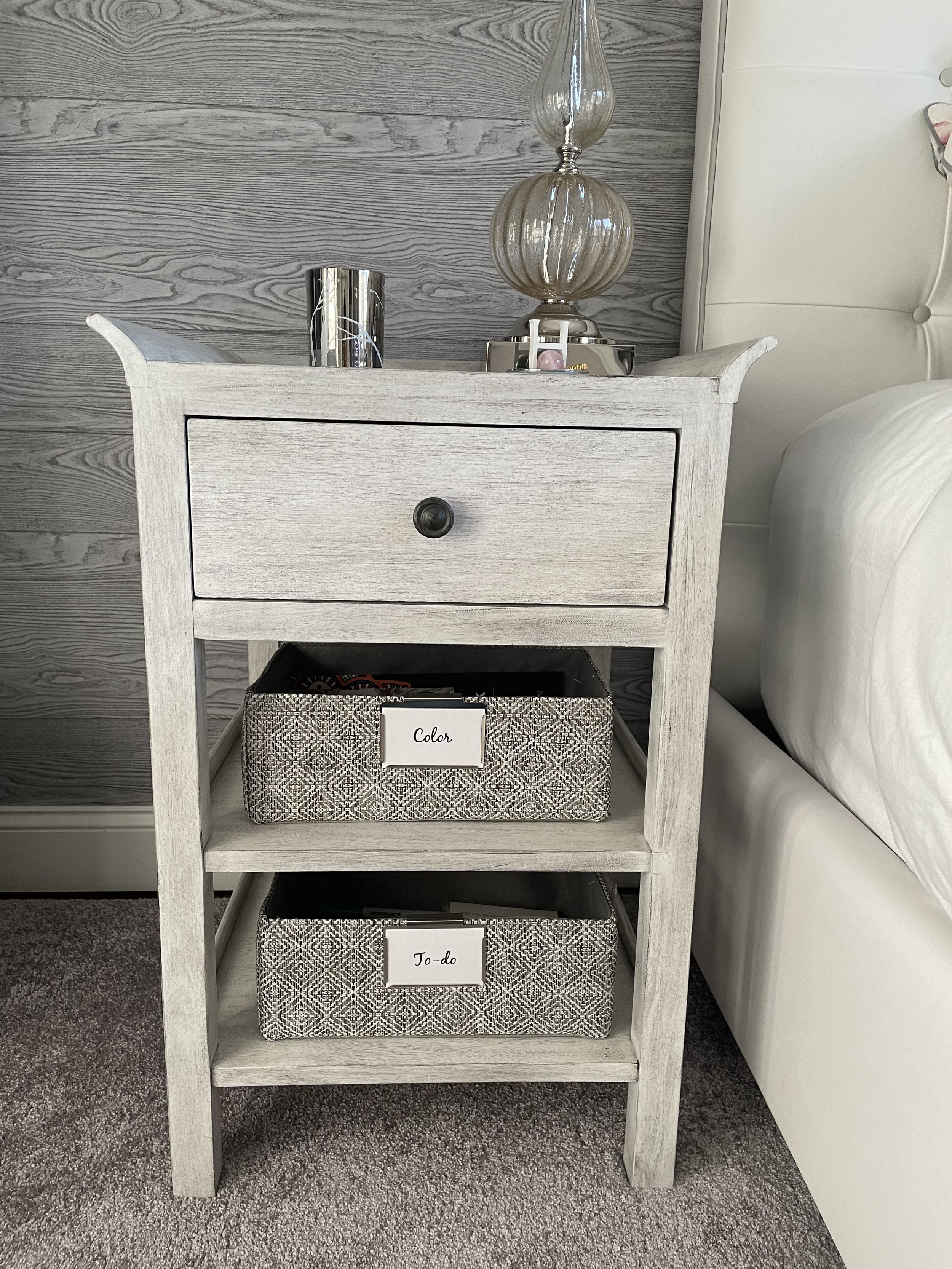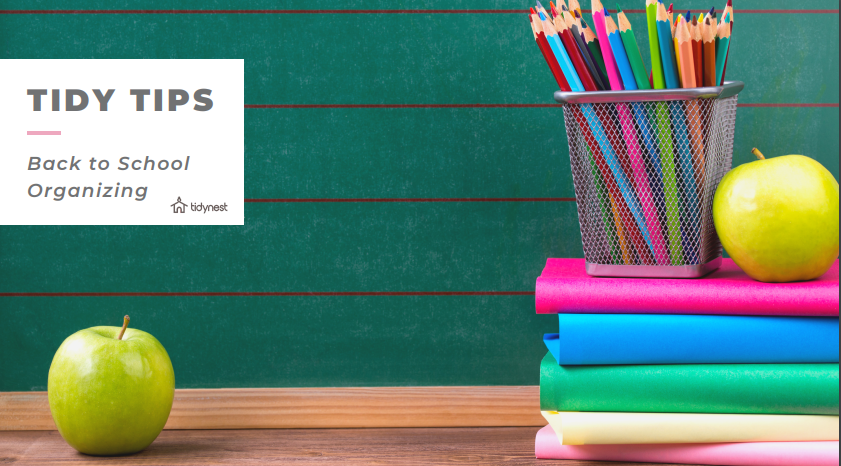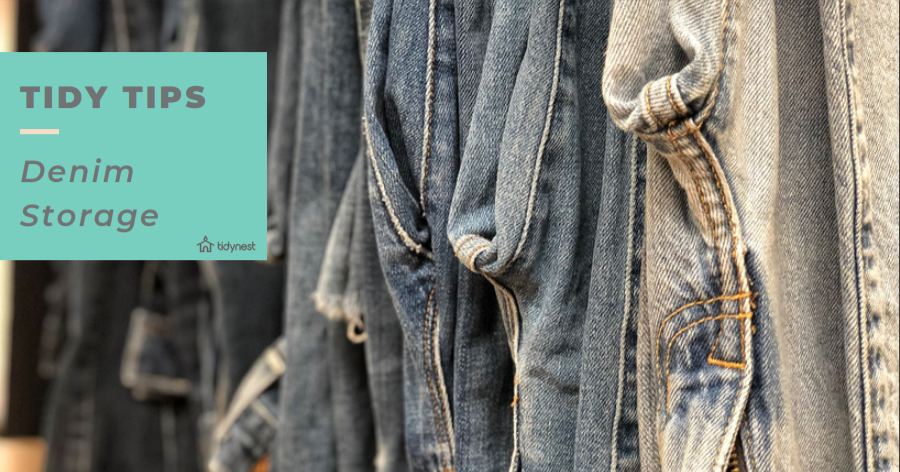Our friends over at OZ Moving put together an article on the importance of decluttering before moving and we wanted to share it here as we find the decluttering step the most important step in any move.
Moving and Decluttering: Why It Matters
by: Oz Moving
Nobody likes clutter. People who paint your house don’t like it because it takes up too much room and they can’t move about. Exterminators don’t appreciate it because of how much Connecticut-born pests love cramped, piled-up spaces. Not even the movers in Connecticut like clutter, even though transporting lots of stuff can earn them quite a bit of money.
So, if you decide on either painting, exterminating, or moving (which sometimes contains the previous two), you must declutter your home. Though it might seem like a hassle, like it’s too much tiring work before something as major as moving homes, it’s absolutely necessary. In fact, it’s important to do both before and after you move to another home.
In this article, you will learn why getting rid of unwanted, excess things is actually beneficial for your health and wellbeing. Moreover, you’ll figure out how to best deal with clutter in general.
Why Decluttering Before the Move Is Vital
Keeping Tabs on Important Items
Modern homeowners have too many things in their rooms. In fact, they might have so many items that it borders on hoarding. After all, do you really need old receipts and papers from 17 years ago? What about all of those empty pill bottles and cardboard packages of old branded items?
By reducing the clutter in your home, you get rid of everything you know you simply will not need. With that reduction process done, you will only be left with your important items. And that reduced number of items is much easier to keep track of than the number you originally had. Plus, it helps you save money when hiring movers. The fewer items you take with you, the lower the transportation price. Identifying your most
important possessions should be one of the first steps you take when planning your move.
Reducing Any Potential Health Risks
It’s simple science — clutter can cause a whole range of different physical and psychological problems. It directly affects your mental state, causing feelings of anxiety, depression, and even a few panic disorders. Moreover, if your clutter is in a cold, damp space, mold and mildew might start to grow, and it can gather lots of dust and grime. And as we mentioned earlier, pests and insects love inhabiting tight spaces that don’t get moved about for a while.
On the other hand, decluttering comes with plenty of health benefits. Yes, it handles all of the issues mentioned above. But above that, it also helps you focus, concentrate, and think more clearly than before. Doing a mundane job like decluttering will boost your brain’s logical thinking and reasoning. And you’ll need every active piece of grey matter to pull the move off without a hitch.
Giving Yourself and Others Some Breathing Room
Most often, people don’t move alone but get others to help them pack and organize the items. So, if you want both you and your family members to do the move right, you will need some breathing room, both proverbial and literal.
By decluttering your home, you’re left with lots of walking space. That space is crucial for maneuvering around the house with empty boxes of various sizes. And if you want to pack properly and with minimal errors, you need a space where you can think clearly and without pressure. The people who are helping you move will also appreciate the effort. As a matter of fact, you can also ask them to help you declutter. It will serve as a decent warm-up exercise before the actual move itself.
Helping the Community Out
Extra items don’t always need to go to the landfill. When decluttering, you can contact organizations like Goodwill and Salvation Army and donate the items you don’t need. By doing so, you will be helping someone less fortunate and doing the right thing. An old couch for you might be the item that saves a poor family of ten. And if you do it right, you can actually use some of these donations as tax write-offs.
Earning Some Money from Old Items
Selling old items is also an excellent way of reducing clutter, and there are plenty of platforms that you can use to do just that. Doing it will earn you some money, and during a move, you will need every single dollar you can get. Though you might not earn too much or sell everything before the moving date, you can still greatly reduce your massive load of items through regular or online retail.
Do you want to enter your new home clean and fresh? Well, so would the person who wants to move into your own home, i.e., the home you’re about to leave. So, in order to provide them with that feeling, you will need to keep it clean and fresh. More importantly, it will give you a sense of closure, as if an old chapter in your life is finally finished and you’re about to start a new one without any lingering emotions or unfinished business.
Yes, Declutter After the Move, Too
As odd as it might seem, you will also want to declutter after you move for three major reasons:
It helps you reduce those remaining useless items and earn some more money
You get to bring something special to your new community
It makes you feel refreshed and ready to go.
Let’s discuss each reason a bit further. As stated earlier, you won’t be able to get rid of all the clutter before you actually move house. So, when you’re settling in, you will want to finish the job and get rid of as many useless items as possible. This second round of reduction is perfect, as it only leaves you with what you really need.
You can get rid of these items by either selling them or donating to them. Either way, this is a chance to get on your new community’s good side. By hosting a garage sale or donating to local charities and churches, you can show how willing you are to contribute to your new neighborhood. Plus, it’s an opportunity to meet your fellow neighbors and socialize.
Finally, there’s that feeling of closure again, but this time in a bit of a different sense. By decluttering right after the move and right before settling in, you get to use some of that moving energy and tie up all the loose ends. Then you can kick back, relax, and take the moment in. You’re in your new home, and it looks clean, neat, and amazing.
A Brief Conclusion: Turning Clutter into Art
Believe it or not, even if you have remaining clutter, you don’t have to pile it up and ruin your desired decor. Instead, you can take the advice of maximalist artists and turn said clutter into art. By using simple color coding and design hacks, you can take excess books, dishes, trinkets, and knick-knacks and transform a room from a warehouse to a veritable miniature museum. It will certainly be a conversational piece among the neighbors. But more importantly, it won’t impede your living condition in any way, shape, or form.









































































